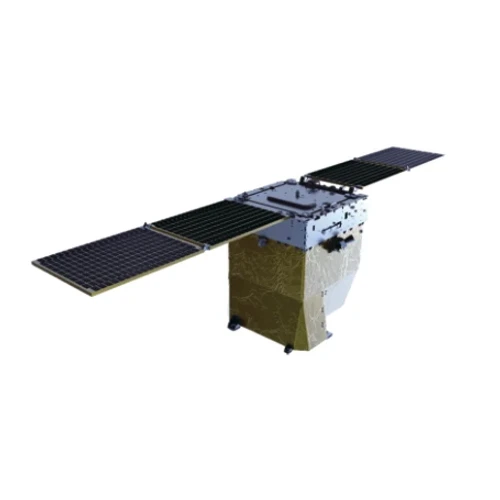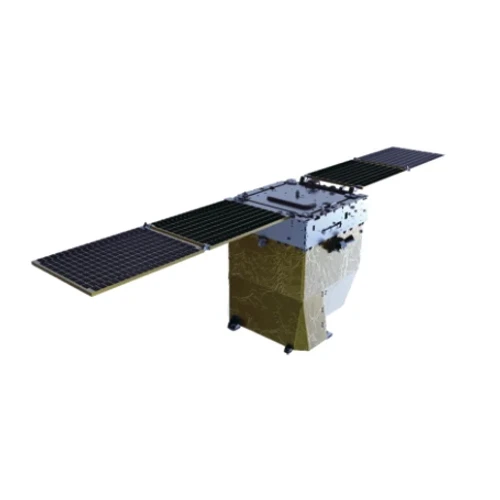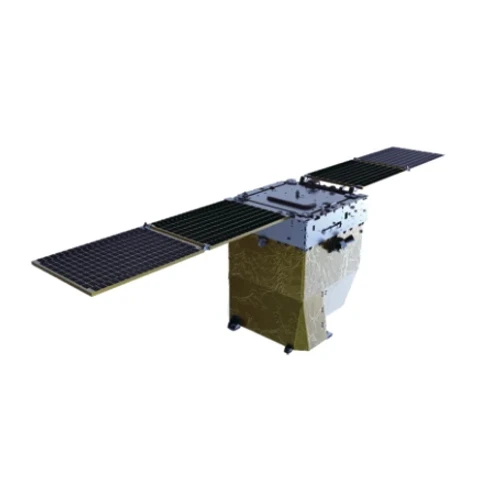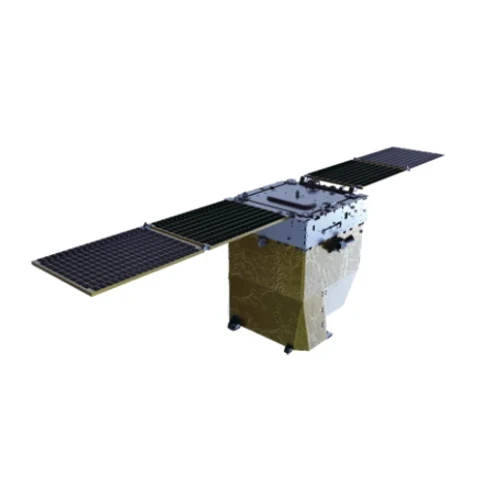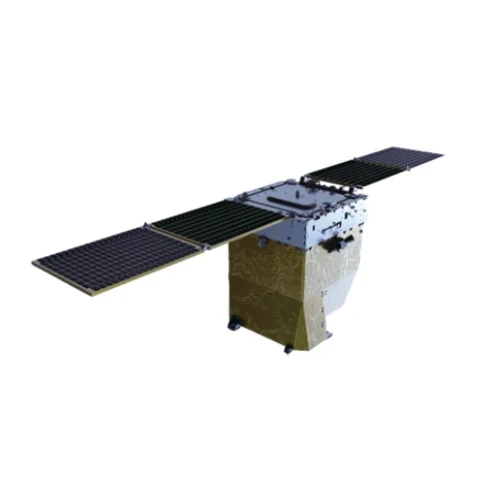
- Afrikaans
- Albanian
- Amharic
- Arabic
- Armenian
- Azerbaijani
- Basque
- Belarusian
- Bengali
- Bosnian
- Bulgarian
- Catalan
- Cebuano
- China
- Corsican
- Croatian
- Czech
- Danish
- Dutch
- English
- Esperanto
- Estonian
- Finnish
- French
- Frisian
- Galician
- Georgian
- German
- Greek
- Gujarati
- Haitian Creole
- hausa
- hawaiian
- Hebrew
- Hindi
- Miao
- Hungarian
- Icelandic
- igbo
- Indonesian
- irish
- Italian
- Japanese
- Javanese
- Kannada
- kazakh
- Khmer
- Rwandese
- Korean
- Kurdish
- Kyrgyz
- Lao
- Latin
- Latvian
- Lithuanian
- Luxembourgish
- Macedonian
- Malgashi
- Malay
- Malayalam
- Maltese
- Maori
- Marathi
- Mongolian
- Myanmar
- Nepali
- Norwegian
- Norwegian
- Occitan
- Pashto
- Persian
- Polish
- Portuguese
- Punjabi
- Romanian
- Russian
- Samoan
- Scottish Gaelic
- Serbian
- Sesotho
- Shona
- Sindhi
- Sinhala
- Slovak
- Slovenian
- Somali
- Spanish
- Sundanese
- Swahili
- Swedish
- Tagalog
- Tajik
- Tamil
- Tatar
- Telugu
- Thai
- Turkish
- Turkmen
- Ukrainian
- Urdu
- Uighur
- Uzbek
- Vietnamese
- Welsh
- Bantu
- Yiddish
- Yoruba
- Zulu
Transmission Antenna: Exploring Advanced Microstrip Technologies for Modern Communication
Transmission antennas are essential components in wireless communication systems, enabling the effective broadcast and reception of signals across various frequencies. Among them, microstrip antennas have gained widespread popularity due to their compact size, ease of fabrication, and adaptability for integration into modern devices. From tv transmission antennas to radio transmission antennas, microstrip technology plays a pivotal role in delivering efficient signal propagation. Particularly, the development of 2.4 GHz microstrip antennas and variants like aperture coupled microstrip antennas has revolutionized wireless communication in applications such as Wi-Fi, Bluetooth, and other ISM band services.

Overview of Transmission Antenna Types and Applications
The term transmission antenna broadly refers to any antenna used to emit radio waves for communication. Specifically, tv transmission antennas are designed to broadcast television signals over wide areas with high reliability. Similarly, radio transmission antennas cater to audio broadcast and other radio communication needs. In both cases, antenna performance depends heavily on design parameters that influence gain, bandwidth, and radiation patterns. As wireless communication systems evolve, there is an increasing demand for antennas that can operate efficiently in restricted spaces, which is where microstrip antennas come into play.
Characteristics and Advantages of Microstrip Patch Antennas
A popular subtype of microstrip antennas is the microstrip patch antenna, which consists of a flat conductive patch mounted over a ground plane with a dielectric substrate in between. These antennas are highly favored for their low profile, lightweight, and compatibility with printed circuit board technology. The broadband microstrip antenna variants offer enhanced frequency ranges, making them suitable for diverse applications requiring stable performance over wide bandwidths. In particular, broadband microstrip patch antennas provide improved impedance matching and radiation efficiency, which are crucial for reliable wireless links at frequencies such as 2.4 GHz.
Specialized Designs: 2.4 GHz Microstrip and Aperture Coupled Antennas
The 2.4 GHz microstrip antenna is widely used in wireless personal area networks and IoT devices due to its resonance at the popular industrial, scientific, and medical (ISM) frequency band. Its counterpart, the 2.4 GHz microstrip patch antenna, is designed to optimize gain and directivity specifically for applications like Wi-Fi routers and Bluetooth devices. Another innovative design is the aperture coupled microstrip antenna, which enhances isolation between the feed network and radiating element, improving overall antenna performance. This design technique also supports better bandwidth control, enabling effective operation in complex wireless environments.
Throughout this article, the emphasis on transmission antenna, tv transmission antenna, radio transmission antenna, microstrip antenna, and related keywords such as broadband microstrip patch antenna and 2.4 GHz microstrip patch antenna highlights the diverse technologies advancing modern wireless communications. These antenna types continue to enable efficient, compact, and high-performance signal transmission across multiple applications and industries.






